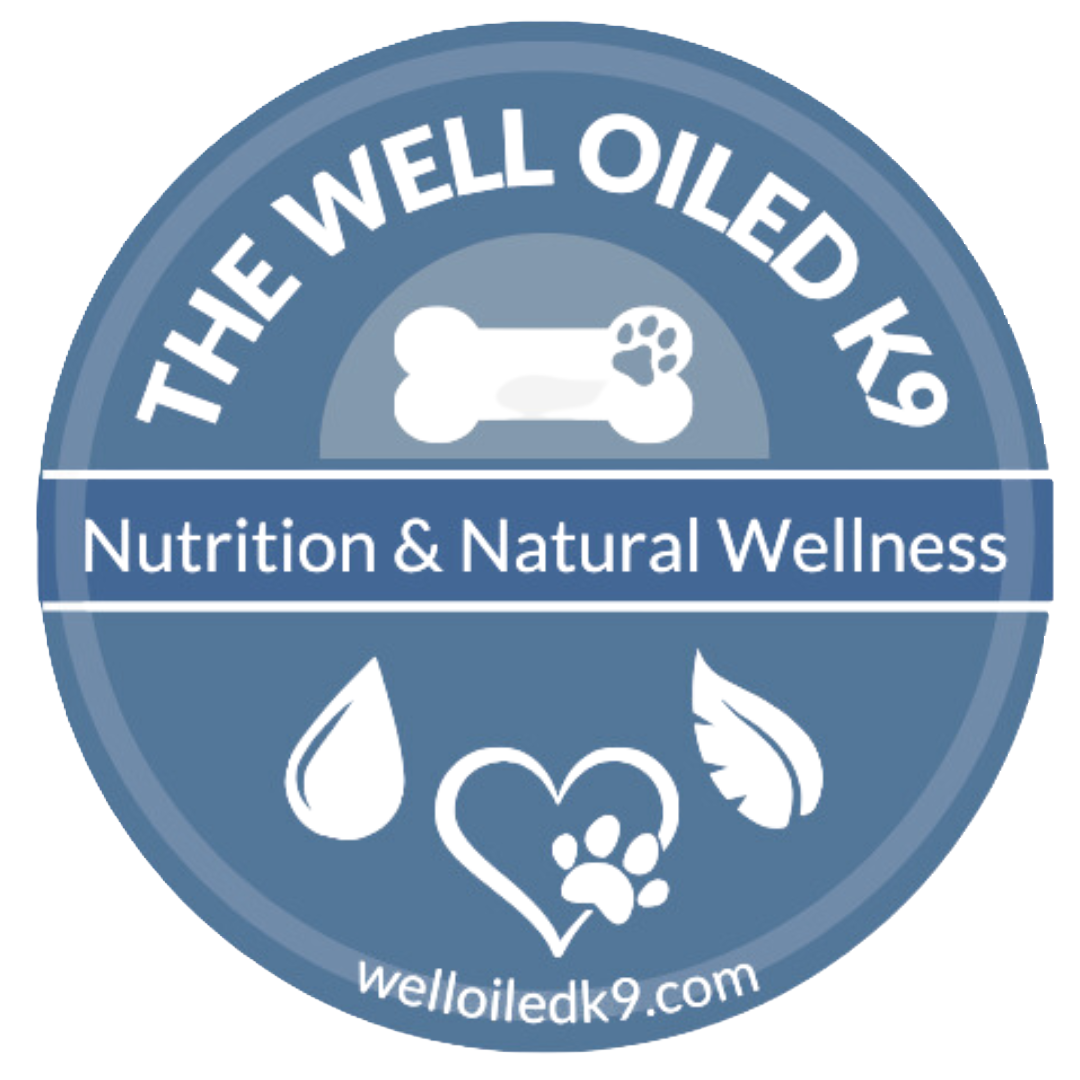Raw Dog Food North Myrtle Beach
Dana Brigman, Canine Nutritionist offers guidance on raw dog food options in North Myrtle Beach surrounding areas, and by Zoom. Make Your Own or Have it Delivered.
Raw dog food means many things to many people. I can help you work through the vast amount of information and overwhelm. We can have high-quality raw dog food delivered directly to your door, show you how to make your own, or ways to add some fresh and raw foods to your dog’s bowl to keep it budget-friendly.
We can customize diets for your dog’s individual health needs or just help you get proactive and begin the process.
Many pet parents proudly say, "I feed raw!"—but what does that really mean? The reality is that raw feeding isn’t a one-size-fits-all approach. Even high-quality ingredients can be the wrong choice for an individual dog.
Raw feeding varies widely in philosophy, formulation, and execution. Some believe dogs should eat a strict prey model diet, while others follow a balanced approach incorporating fruits, vegetables, and supplements. But no matter which method you choose, it’s essential to consider the specific needs of your dog, including:
Food intolerances & sensitivities – Even a great protein source could be inflammatory for your dog.
Aging & absorption – As dogs age, they may need different nutrient levels and digestive support.
Deficiencies & excesses – A raw diet can still be missing key vitamins, minerals, or essential fatty acids.
Let’s break down the different approaches to raw feeding and how to ensure your dog thrives—not just survives—on raw.
Types of Raw Dog Food Diets
1. 80/10/10 Raw Diet (Prey Model)
This model is based on feeding whole prey animals or a blend of:
80% muscle meat
10% bone
5% liver
5% other secreting organs
This strict approach assumes that whole prey provides everything a dog needs—but that’s not always the case. Without variety and careful supplementation, dogs can develop deficiencies over time.
Many proponents believe in feeding only animal products, but adding select fruits and vegetables can provide additional antioxidants, fiber, and phytonutrients. Essential fatty acids, especially Omega-3s, must be carefully managed through fish or supplementation.
2. Prey Model Whole Animal Feeding
Some raw feeders prefer to feed whole animals—fur, feathers, intestines, brains, and all. This method aims to replicate what wild dogs might eat in nature.
While this approach can work for some, sourcing whole animals is difficult, and balancing nutrients is challenging.
3. BARF Diet (Biologically Appropriate Raw Food)
A more balanced approach than strict prey model, BARF includes plant-based ingredients for additional nutrients:
70% muscle meat
10% bone
7% vegetables
5% liver
5% other organs
2% seeds & nuts
1% fruit
This approach recognizes that dogs have adapted to digesting a variety of foods. However, it's still critical to choose the right plants, proteins, and supplements for each individual dog.
4. Butcher Blends & Pre-Made Grinds
Many local butchers sell raw blends designed for dogs, often following an 80/10/5/5 ratio. While these can be convenient, they come with challenges:
Blended proteins – Many include chicken, a common trigger for inflammation, allergies, or aggression in some dogs.
Lack of variety – Feeding the same mix daily can create imbalances over time.
Missing nutrients – Omega-3s and other key nutrients must be supplemented.
Rotating proteins and ensuring your dog’s individual needs are met is crucial when using butcher blends.
5. Freeze-Dried Raw Dog Food
Freeze-dried raw offers convenience without sacrificing nutritional value. However:
Blended proteins can be an issue for dogs with sensitivities.
Some brands include unnecessary carbohydrates.
Trusting the manufacturer is key – Look for quality control, nutritional testing, and recall history.
6. Dehydrated Raw Dog Food
Similar to freeze-dried but processed at slightly higher temperatures, dehydrated raw dog food requires rehydration before feeding. While it maintains many nutrients, the same concerns apply:
Protein rotation is limited.
Carbohydrates are often higher than expected.
Ingredient sourcing matters.
7. Refrigerated Fresh or Rolled Dog Food
Sold in refrigerated sections, these foods are often pasteurized and not truly raw. Many contain excessive carbohydrates, low-quality ingredients, and additives like carrageenan, which has been linked to health issues.
Raw Isn’t Automatically Healthy—It Has to Be Right for Your Dog
Just because it’s raw doesn’t mean it’s balanced or beneficial for your individual dog. The following factors must be considered:
1. Food Intolerances & Sensitivities
Even if a protein is high-quality, it might not be right for your dog. Common offenders include chicken, beef, and even some fish. Observing your dog’s reactions to different proteins is key.
2. Nutrient Absorption & Aging
As dogs age, they may need additional digestive support, organ support, and targeted supplementation to ensure they are properly absorbing nutrients.
3. Balance Over Time
Even the best raw feeders can end up with deficiencies in:
Omega-3 fatty acids (critical for inflammation control)
Vitamin D (essential for immune function)
Zinc, iodine, and other trace minerals
Manganese & fiber for gut health
4. Variety & Rotation
Feeding the same proteins and ingredients daily increases the risk of intolerance and nutrient imbalances. Rotating proteins, organ meats, and plant-based components can prevent deficiencies and sensitivities.
Finding the Right Raw Diet for Your Dog
Feeding raw should be more than just "throwing meat in a bowl." To ensure your dog thrives, consider:
Sourcing quality ingredients – Grocery stores, butchers, and co-ops can all be options.
Ensuring proper supplementation – Especially Omega-3s, minerals, and fiber.
Avoiding excessive carbohydrates – Many commercial "raw" diets sneak in cheap fillers.
Working with an expert – If you’re unsure, getting help can prevent costly mistakes.
Read More About the Benefits of Raw Dog Food
Need Help with Raw Feeding?
If you're struggling with allergies, health issues, or just confusion about what’s right for your dog, I can help. Let’s take the guesswork out of it and customize a plan that actually works for your dog’s unique needs.
Join my client forum or book a consultation today!
Visit my affiliate links for suggested products Affiliate Links

